How to cook the perfect steak!
How to Cook Meat to Perfection, Every Time!
Move over, Colonel Saunders!
Cooking meat is all about heat management, and understanding the interaction of meat, heat and fat.
Before selecting the cooking temperature for meat it’s important to know what cut of meat you’re dealing with. This will determine the temperature and cook time. Generally, there are two types of cuts of meat, ones that respond well to intense heat for a short period and ones that respond well to a lower temperature over a longer time. When cooking a fillet steak, most chefs will suggest starting with a hot pan and cooking the steak for three minutes on either side, then allowing to rest for 3 minutes.
Conversely, when cooking a beef cheek you’d cook for 3-4 hours on 140C and allow to rest for 15 minutes. The beef cheeks contain more connective tissue – more gelatin and collagen which requires a longer time to break down whereas the fillet steak is pure muscle fibre and if you’re like me, eat your steaks blue, requires a short cook time.
Allowing the protein to ‘rest’ is an important part of cooking. Whether cooking a steak, a cheek, a fish or a chicken breast, factor in time to allow the protein to rest. Rest time is arguably more important to cuts like a steak and a chicken breastbased on the structure. A steak is a portion of the muscle and is home to thousands of muscle fibres all arranged neatly in alignment.
Muscles can only be pulled on by tendons and therefore can only be shortened or lengthen in one direction.
Think about your bicep – when activated the fibres shorten as the muscles “bulges” and pulls on your ulna and radius to bring your forearm towards your body. Not that a cow ever feels the need to flex her biceps but the steak represents a portion of a muscle that will have fibres that when exposed to extreme temperatures will contract. Resting the steak involves allowing the steak to sit on the board or in an oven at a low temp (40C) for several minutes to permit the fibres to return their resting length. It also allows the moisture in the steak to re-disperse within the entire steak – heat makes the moisture retract to the centre of the steak. The result will be a consistently moist and tender piece of steak or in the below example, chicken thigh.
For cuts such as shanks, shoulder, brisket and ribs you’ll need to prevent the meat from drying out, the easier way to achieve this is to cook the meat entirely or partially submerged in liquid. Then create a closed environment such as a crockpot or Dutch oven to prevent excessive evaporation or if you don’t have either of those wrapping a couple of layers of foil over a roasting tray will work just fine. The benefit of cooking in liquid is to keep the meat moist over the hours of cooking but is also the carrier of flavour. The liquid or broth is the perfect way to develop flavour into the meat but also it can double up as a jus or gravy. One of my favourite dishes is a slow-cooked lamb recipes which includes 1ltr of bone broth, onions, garlic, bay leaves, fennel seeds, caraway seeds, rosemary and thyme. Once the lamb is cooked (about 3hrs) I then drain off the liquid and reduce it in a wide frypan on high heat – after 10 mins it becomes a deliciously flavourful and rich jus to serve with the lamb. The key to succulent protein is to know what cut you’re dealing with, quite often the best person to ask if you’re unsure is your local butcher – they should know the optimum cook temp and time.
When it comes to fish and heat, similar rules apply, in that not all fish respond to heat in the same way. There aren’t any hard and fast rules with cooking fish, it comes down to knowing the particular species. For instance, I would cook a piece of salmon (skin on) on high heat but yet cook a flathead or whiting on a lower temp. Fish with greater fat content can tolerate higher temperature but the shape and thickness of the fish/fillet need to be taken into consideration. A thin fish will require a shorter cook-time than the thicker fish/fillet, and would probably benefit from a lower temperature too simply because the risk of overcooking the fish is greater. In saying that it’s ok to expose the thinner fish species to high heat if you know when to pull it from the heat. And just like meat, fish need to rest too. The total cook time should include the rest time also, you can refine this over time but it’s optimal to pull your fish off the heat just as it nears perfection – the residual heat will continue to cook the fish during the resting.
The one thing to avoid when cooking meat or fish is to have the heat too low.
Essentially what a high heat does is seal the meat and lock in the moisture, this is called browning or sealing.
This is what you want and in fact, some chefs flip the meat every 30 secs to prevent the moisture from retracting to the middle. However, when the pan heat is too low the sealing or browning of the meat doesn’t occur and so the moisture contained within the protein seeps out and the meat continues to cook in its juices – otherwise known as stewing – this isn’t going to encourage and excite anyone back to your dinner table anytime soon.
The browning or sealing phase not only traps the moisture within the protein but also caramelises the outside of the meat to give it texture and flavour – umami.
Happy cooking!!
That’s all for now - Scott




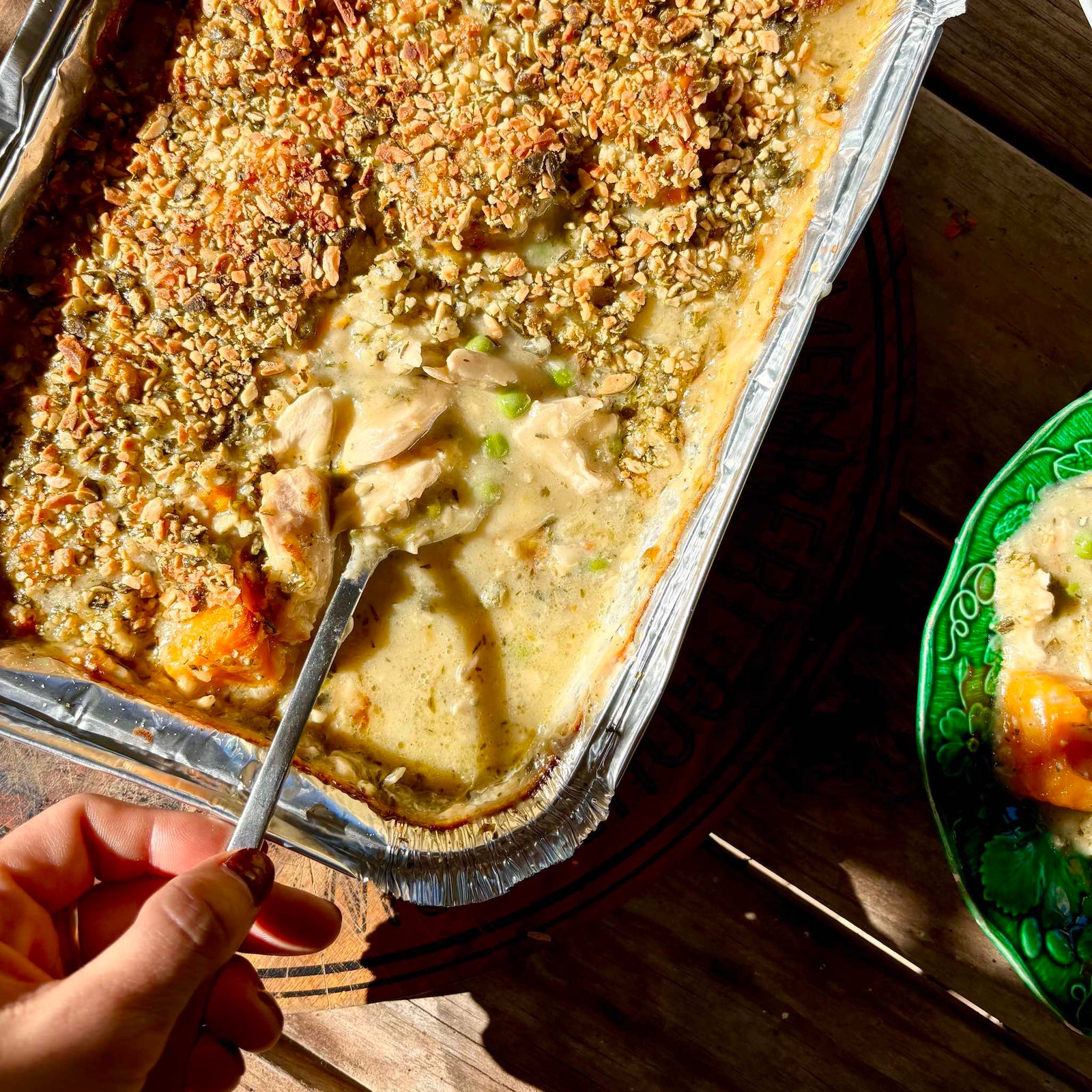
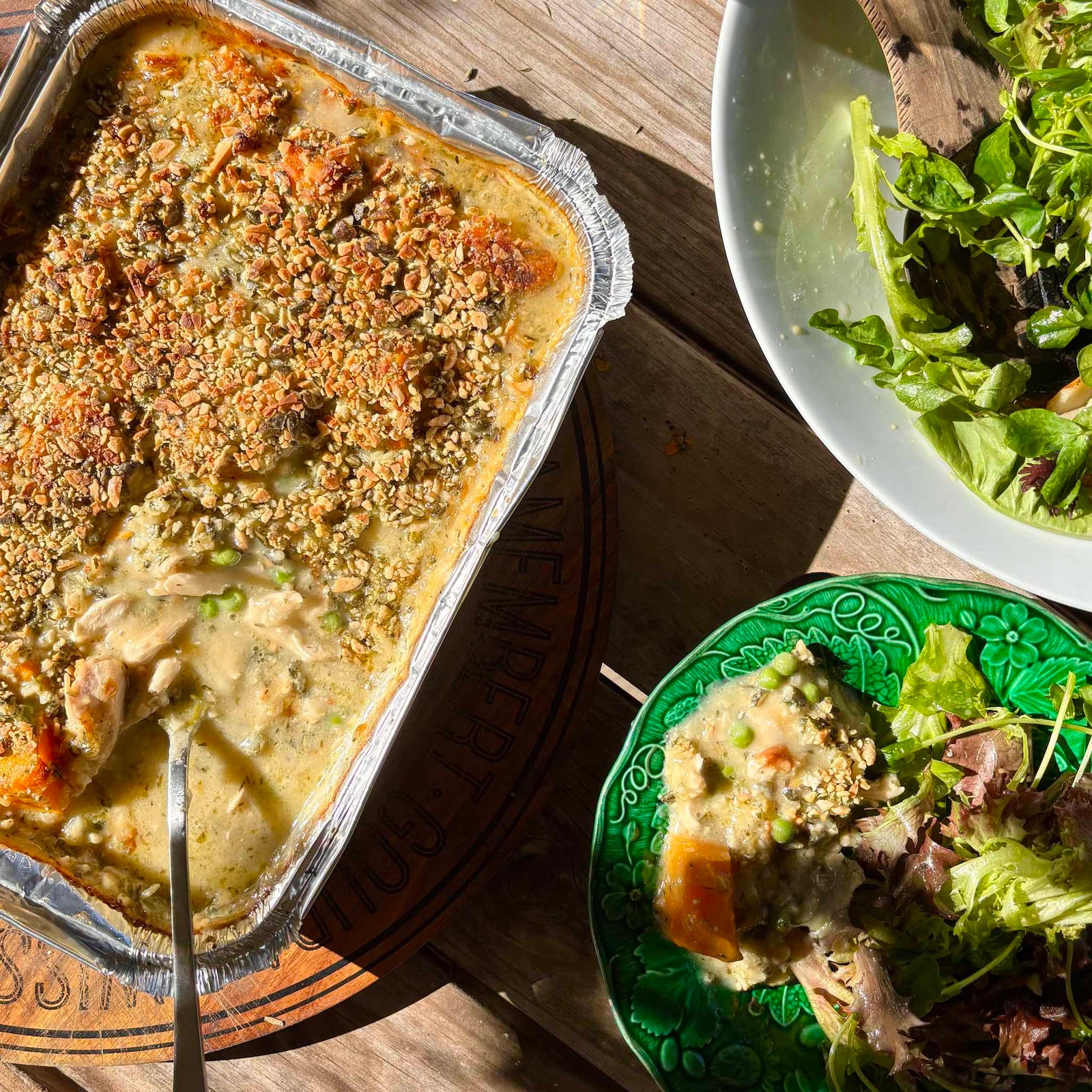
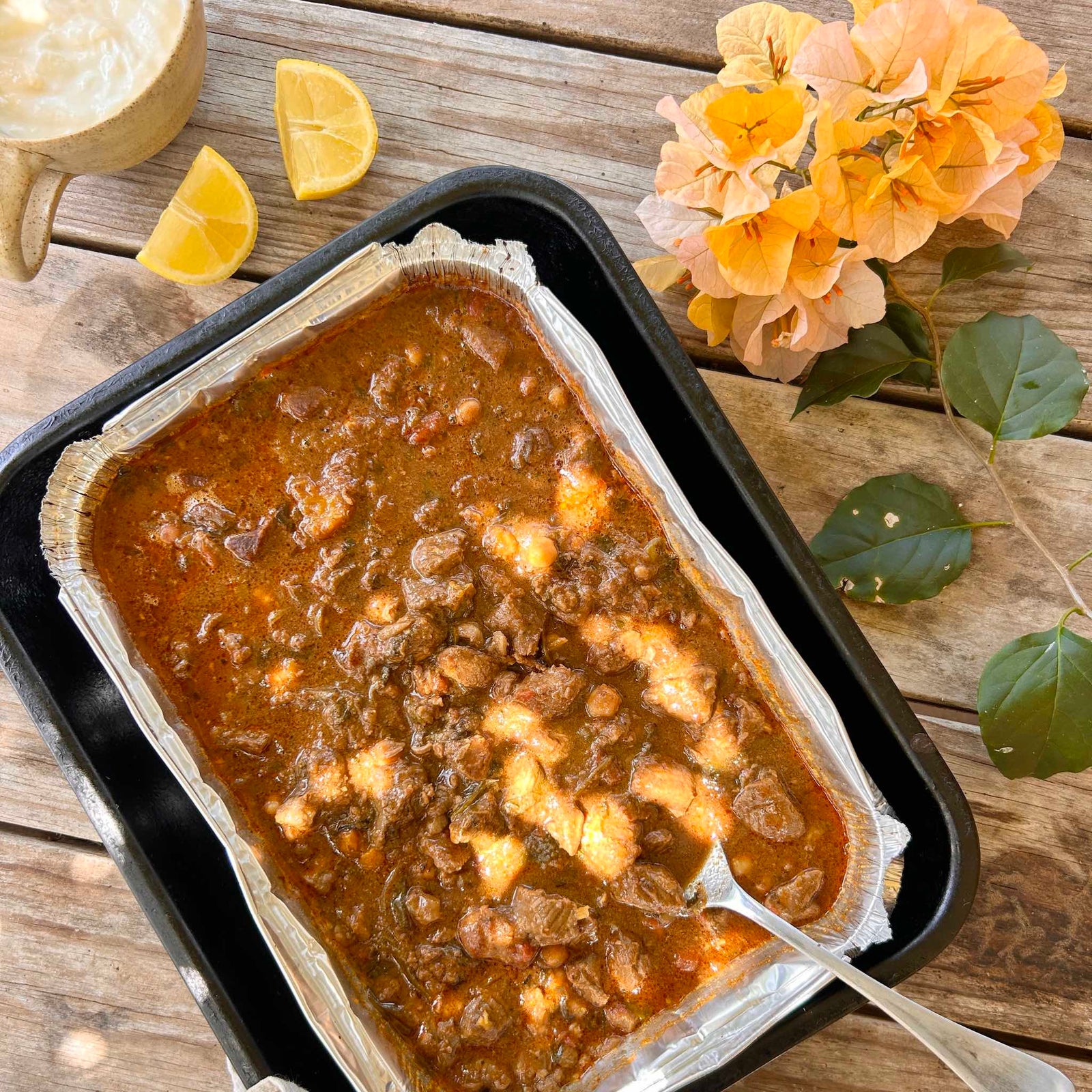

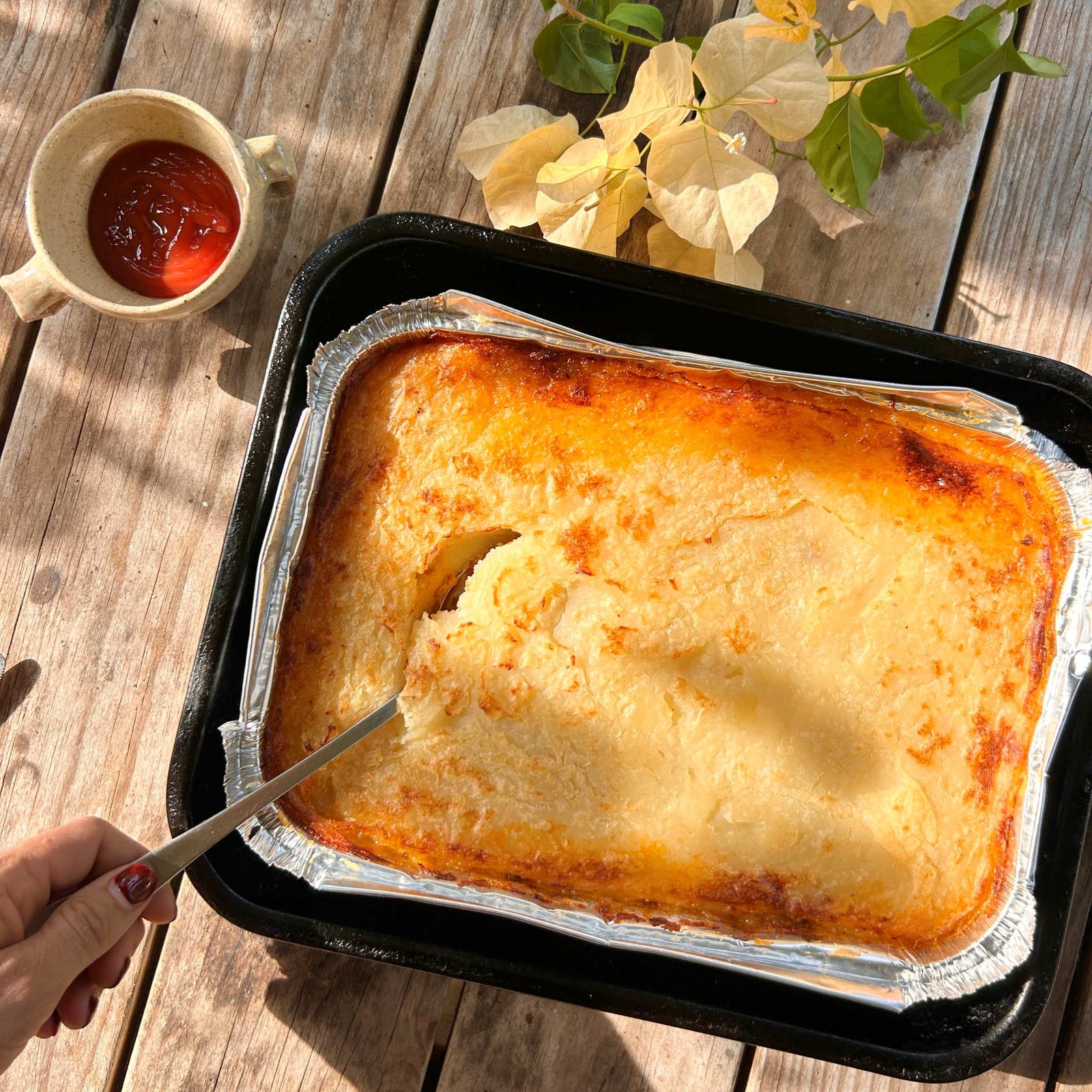

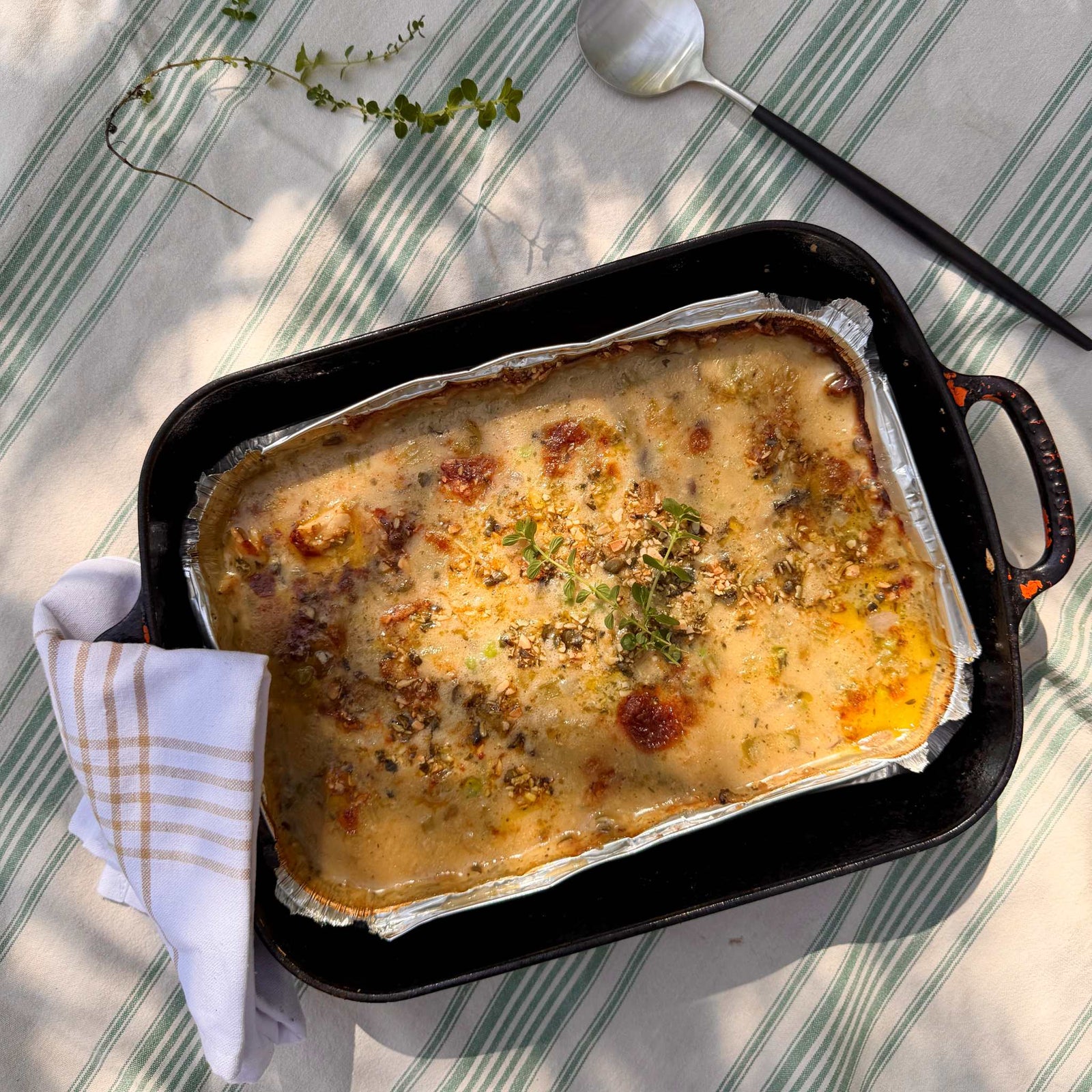

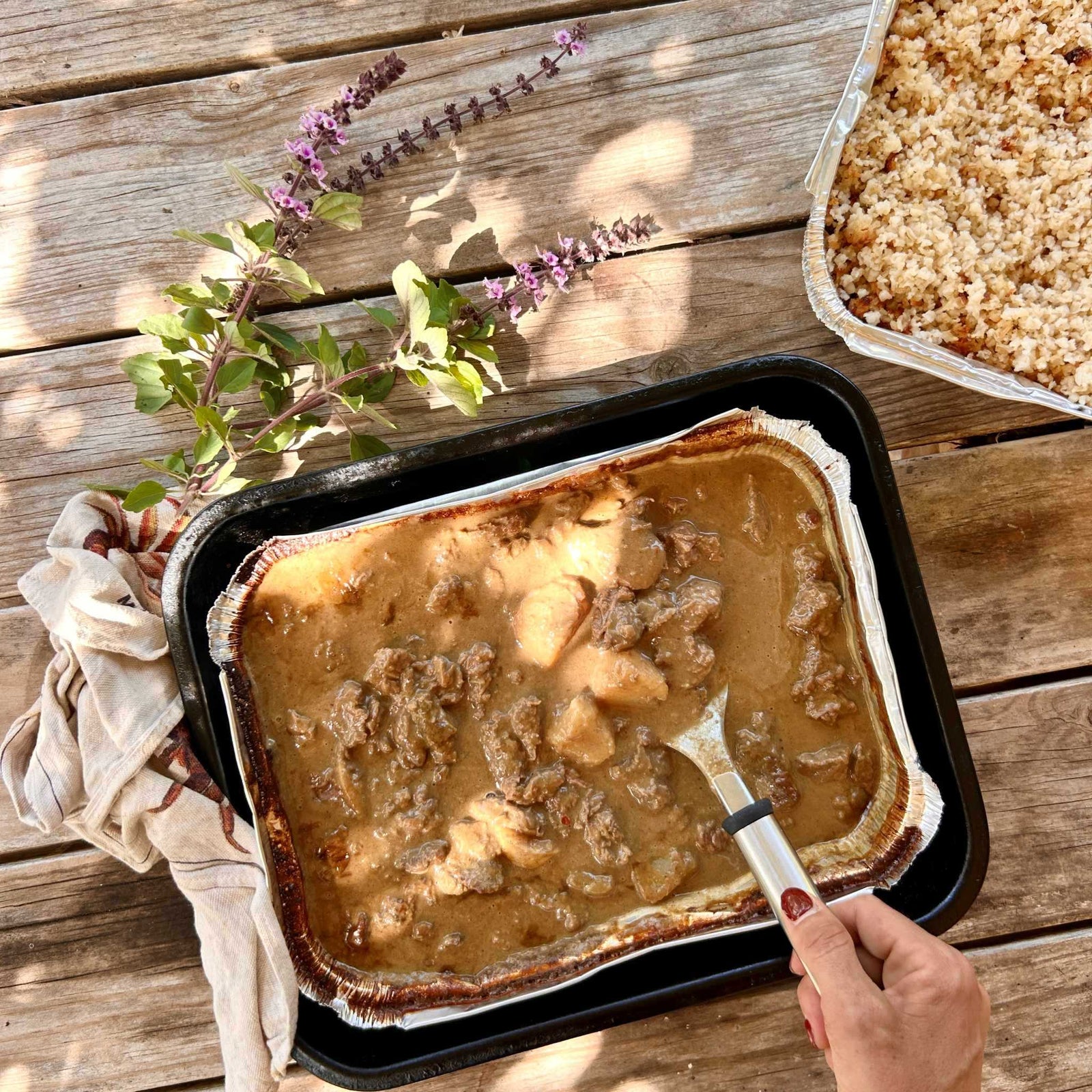

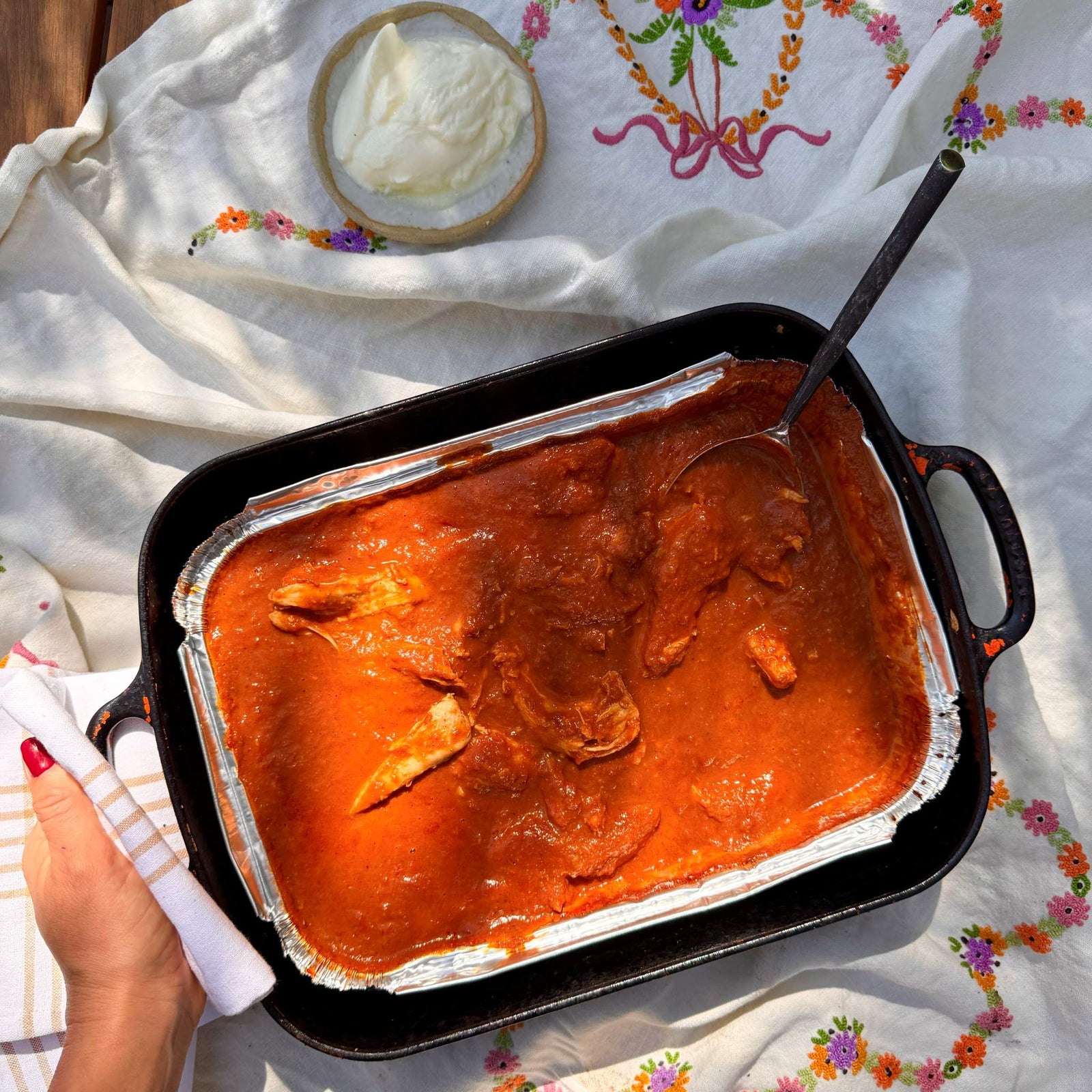

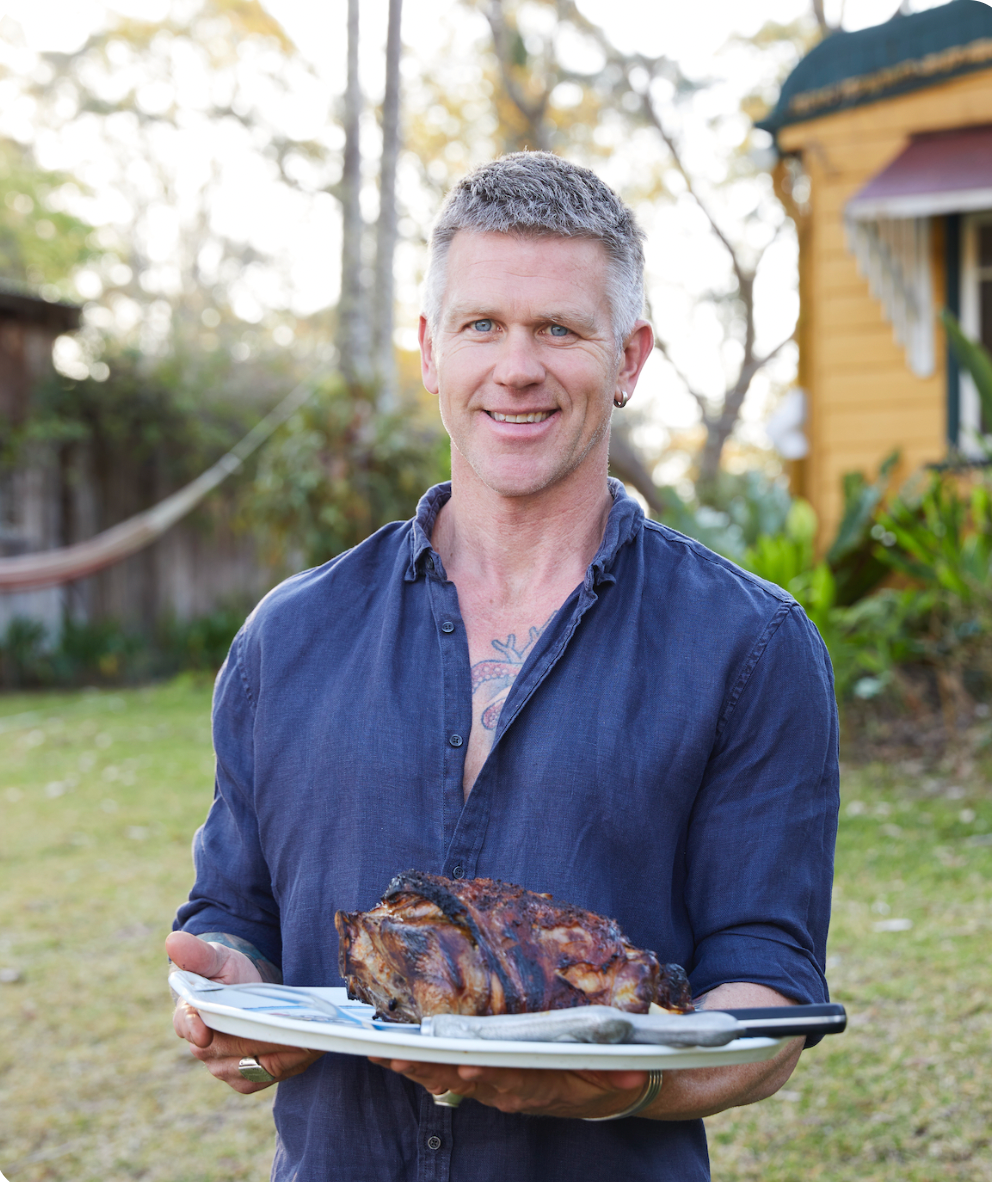
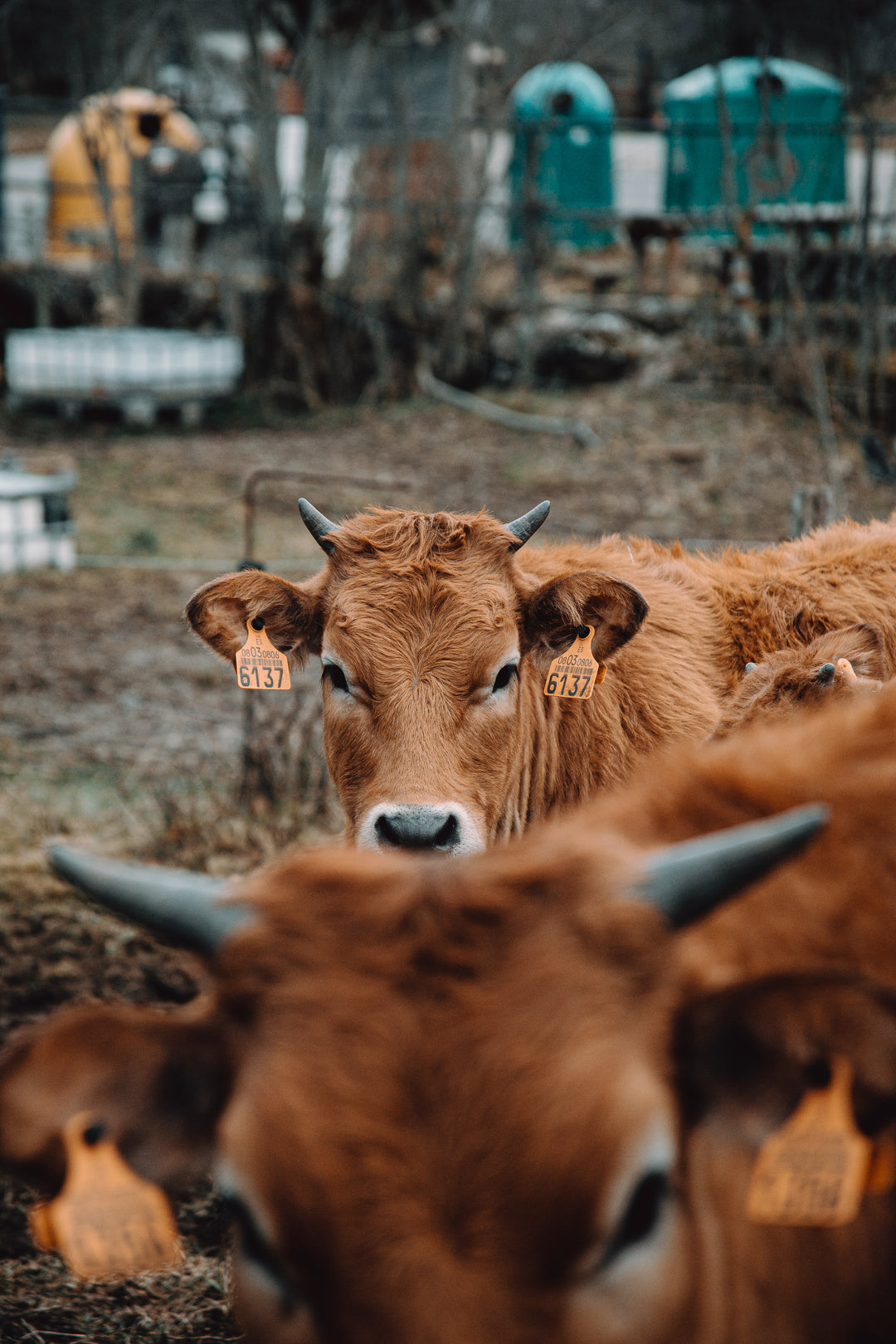
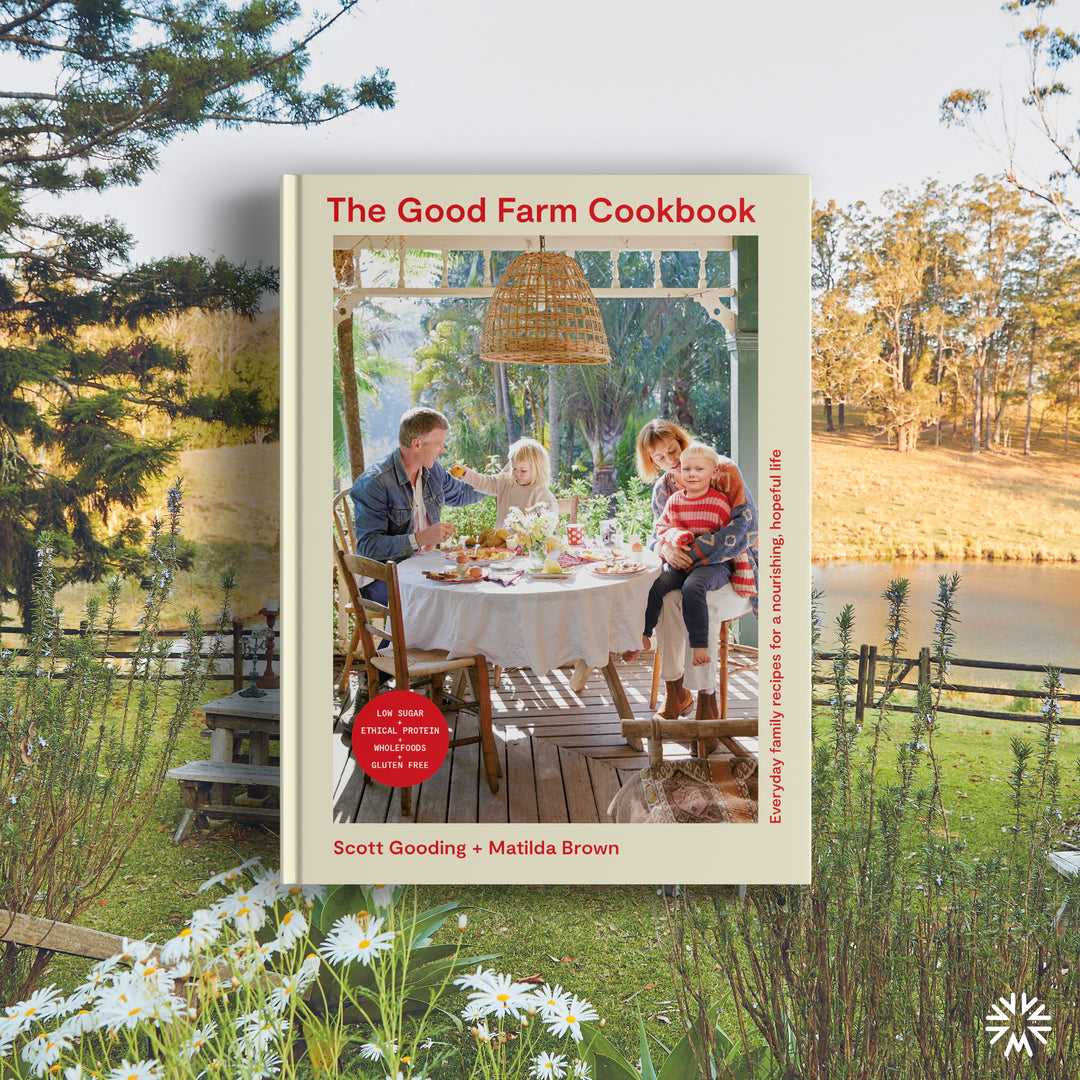

Leave a comment